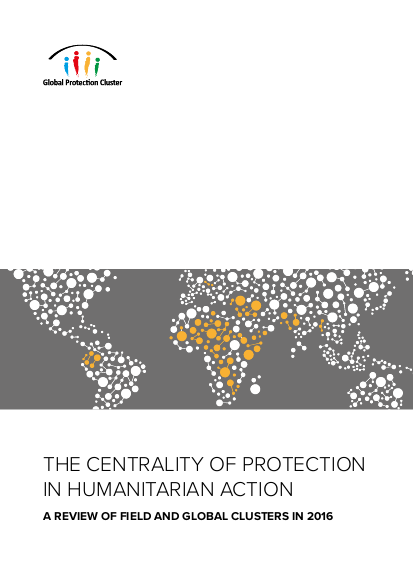
Protection is now recognized as the purpose and intended outcome of humanitarian action. This was the point made in the 2013 Inter-Agency Standing Committee Statement on the centrality of protection in humanitarian action: as part of preparedness efforts, immediate and life-saving activities, and throughout the duration of a crisis and beyond, Humanitarian Coordinators, Humanitarian Country Teams and all clusters and sectors must ensure that “protection of all persons affected and at-risk informs humanitarian decision-making and response, including engagement with States and non-State parties to conflict.”
Collectively, HCs and HCTs are responsible for ensuring good programming of billions of dollars in humanitarian aid. The protection sector alone programmed $1.2bn through Humanitarian Response Plans in 2016. It is important to make sure that we are all programming effectively and towards a common goal. In general, we can see that protection is integrated well into Humanitarian Response Plans and some, like the 2016 Iraq plan, have protection as the thread binding sector objectives together. In some, however, we see the Humanitarian Needs Overview describe a protection crisis, but the Response Plan focuses on a single sector. This report looks more closely into work in several countries.